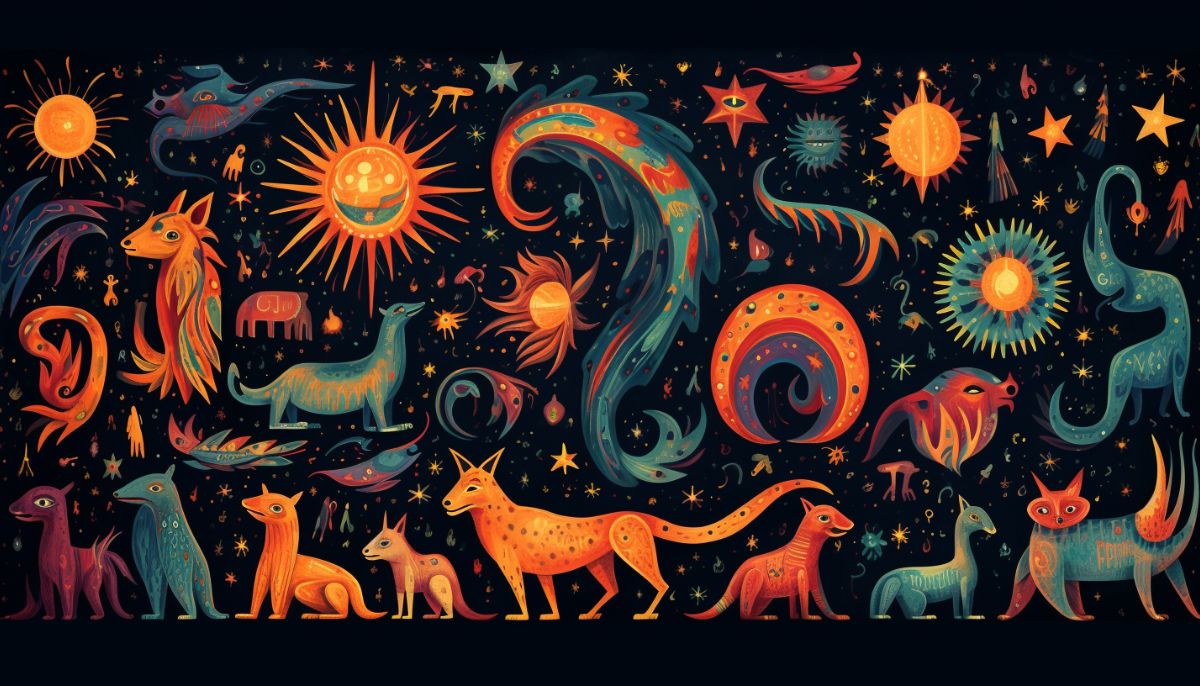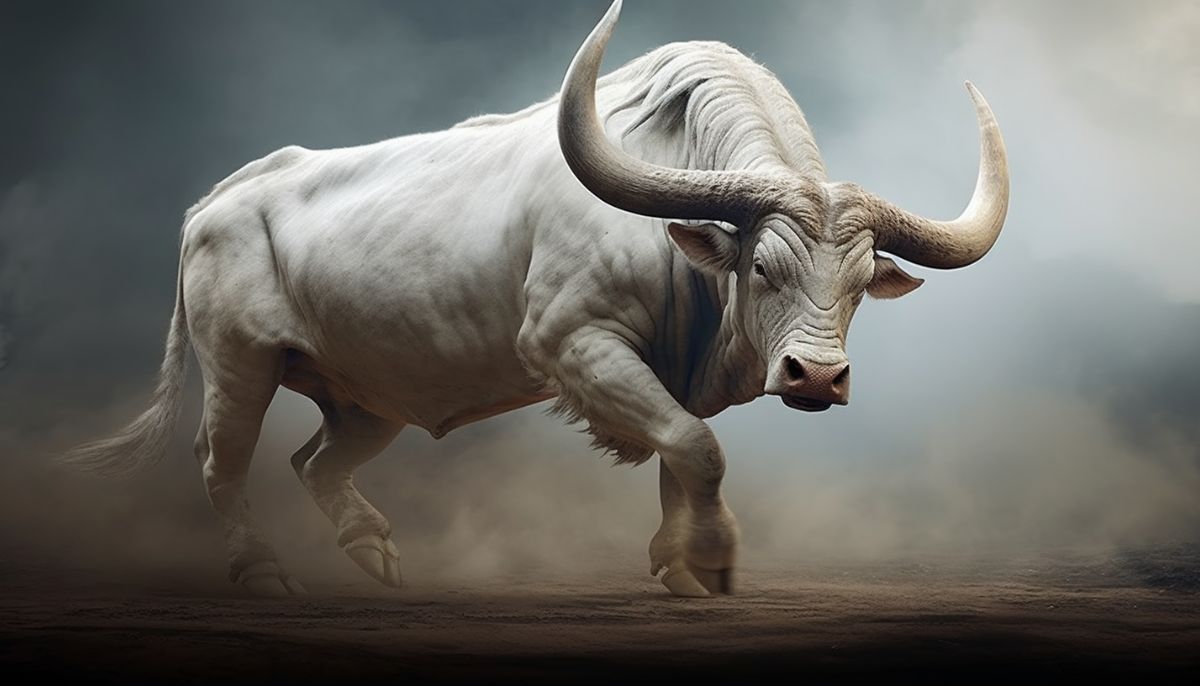Step into the world of Greek mythology and witness the might of the Cretan Bull. Discover its legendary feats, the myths it influenced, and its enduring significance within the intricate web of Greek tales.
What did the Cretan bull look like?
The Cretan Bull, a captivating figure in Greek mythology, boasted a striking and imposing appearance. It featured:
- Majestic Physique: This legendary beast possessed a colossal and awe-inspiring physique, a testament to its strength and dominance. Its imposing presence symbolized the might of the island of Crete.
- Pure White Coat: The bull’s most notable attribute was its gleaming coat of pure white. This pristine coloration added an element of regality to its already impressive presence, emphasizing its unique and significant nature.
- Regal Horns: Besides their formidable size, the bull’s horns had a regal curvature that enhanced its majestic appearance. These horns further contributed to the creature’s air of grandeur and authority.
The Cretan bull in Greek mythology
In the ancient realm of Crete, King Minos sought a divine sign to affirm his right to rule over his brothers. He beseeched Poseidon, the god of the sea, to send him a snow-white bull as a symbol. Poseidon granted his request, understanding that the bull would eventually be offered as a sacrifice to the god.
Why did Poseidon send the Cretan bull?
When Poseidon sent this magnificent bull, he anticipated it would be offered to him in due course. However, Minos found the bull to be of such exceptional quality that he deemed it too precious to be sacrificed. Instead, he substituted a lesser bull for the intended sacrifice, inciting Poseidon’s wrath.
Enraged, Poseidon directed his anger towards the bull, causing it to rampage across Crete, wreaking havoc on the land.
This divine fury was further passed on to the offspring of this bull, giving rise to the Minotaur—a creature born of the union between Queen Pasiphaë and the bull.
What happened to the Cretan bull?
Heracles, renowned for his unmatched strength and valor, faced a daunting task in capturing the Cretan Bull. The bull’s unrestrained rampage across the fertile fields and orchards of Crete posed a significant threat to the livelihoods of the island’s inhabitants. The people cried out for a hero to intervene, and Heracles answered their call.
With steely determination, Heracles set out on his mission, sailing across the sea to the island of Crete. Confronting the powerful bull was no small feat, as its sheer size and unruly nature made it a formidable adversary. Yet, armed with his exceptional strength and strategic prowess, Heracles proved himself equal to the task.
Summoning his might, Heracles skillfully outmaneuvered the bull, eventually subduing it and securing its capture. With the beast now under his control, Heracles embarked on the journey back to Tiryns, where Eurystheus awaited the successful completion of this perilous labor.
This act of capturing the Cretan Bull demonstrated Heracles’ unmatched physical prowess and underscored his unwavering commitment to fulfilling the arduous tasks assigned him by Eurystheus.
Is the Cretan bull the Marothonian bull?
Yes, the Cretan bull is the Marothonian Bull. After Heracles captured the Cretan Bull as part of his legendary feats, it was eventually released and ventured to Marathon, gaining notoriety as the “Marathonian Bull.” This turn of events marked the bull’s enduring legacy, further entwining its mythological narrative with the broader tapestry of Greek legend and lore.
These two bulls, the Cretan Bull and the Marathonian Bull, can be seen as different aspects of a shared mythological tapestry. Their narratives intersect through the broader theme of heroic challenges and legendary quests.
Is the cretan bull the mintaur?

The Cretan Bull is not the Minotaur, although they are connected through their presence in the same mythological narrative. The Cretan Bull is the creature that Pasiphae fell in love with, leading to the birth of the Minotaur.
The Minotaur is a distinct entity—a creature with a man’s body and a bull’s head, residing in the labyrinth beneath the palace of Knossos. Both creatures play unique roles within Greek mythology and have separate identities within the tales of ancient Greece.
Want to know more about the creatures and monsters of Greek Mythology?

Explore more articles like this in our broader series on Greek monsters. To delve even deeper into the world of mythical creatures, be sure to check out our comprehensive hub article on the monsters of Greek mythology.






